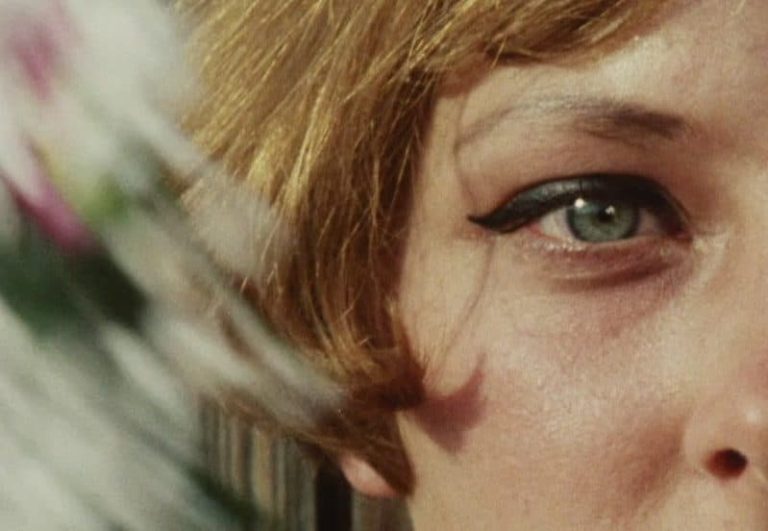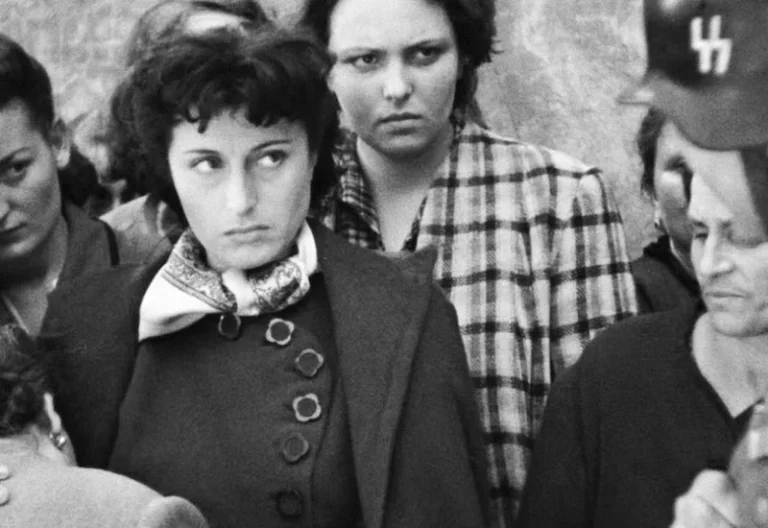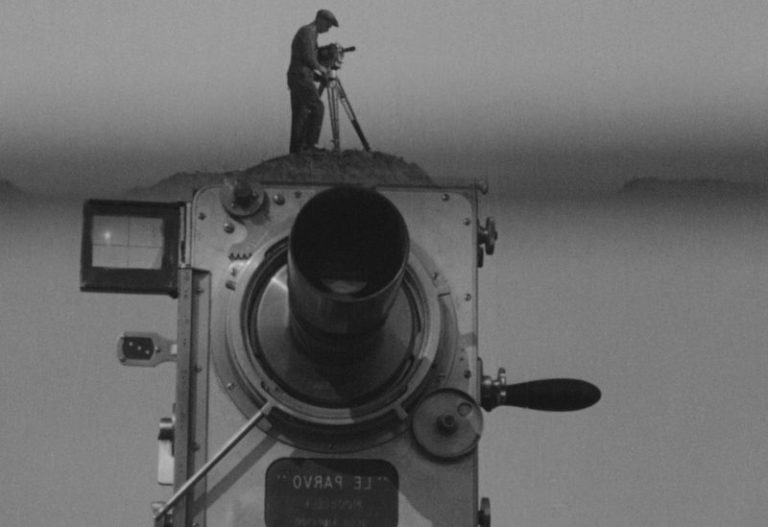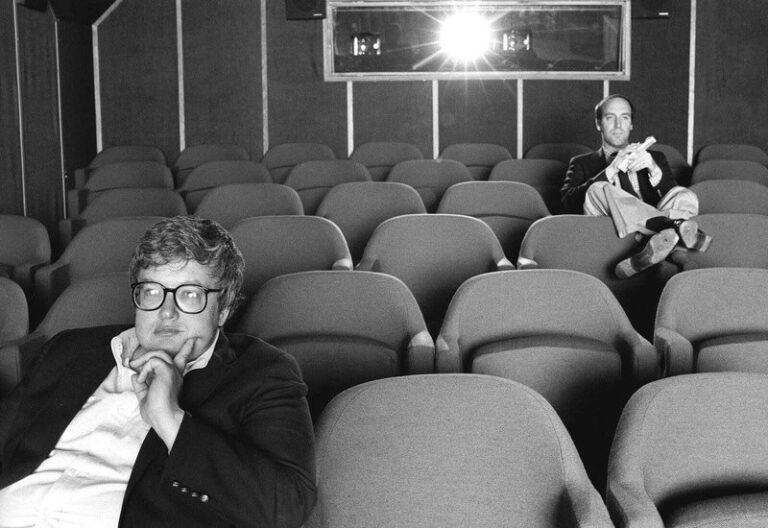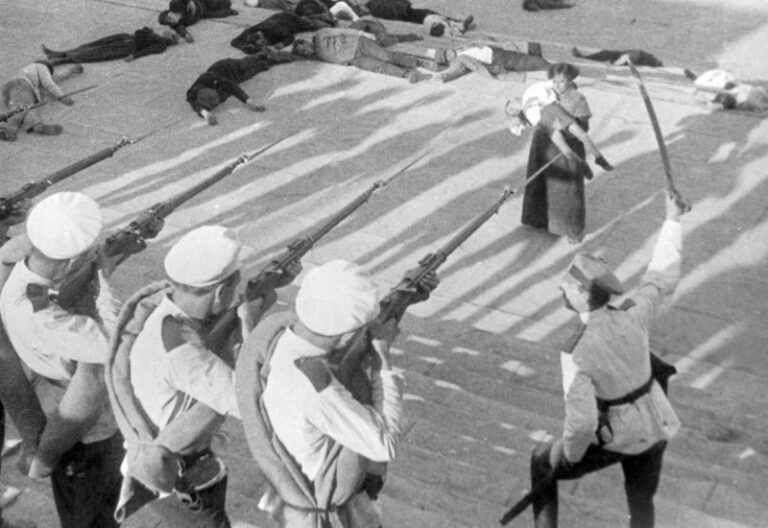cinema of moral anxiety
est. 1976 – 1981
The Cinema of Moral Anxiety, or Kino Moralnego Niepokoju in Polish, represents a pivotal movement in Polish cinema, developing during the 1970s and continuing into the early 1980s. The term was also translated as “cinema of moral unrest” and “cinema of moral concern”. This era is distinguished by its exploration of ethical and moral dilemmas faced by individuals under political repression and social transformation.
Published by: CinemaWaves Team | Filed Under: Film Movements
Origins of the Cinema of Moral Anxiety
The movement’s roots can be traced to the political and social environment of Poland in the 1970s. The Communist regime’s grip on the country led to widespread disillusionment, particularly among artists and the general populace. The rigid censorship imposed by the government stifled free expression, but it also encouraged filmmakers to find creative ways to critique the system indirectly. This led to a cinema that subtly questioned the moral fabric of society and the individual’s role within it, often through allegory and nuanced storytelling.
One of the key factors in the emergence of the Cinema of Moral Anxiety was the influence of earlier film movement, Polish Film School, and the global cinematic landscape at the time. Polish cinema already had a history of tackling social and political issues, with directors like Andrzej Wajda and Jerzy Kawalerowicz setting a precedent in the 1950s and 1960s.
The rise of the Cinema of Moral Anxiety was also fueled by the intellectual environment of the time. Polish universities and cultural institutions were hotbeds of political and philosophical debate. Filmmakers collaborated with writers, philosophers, and other intellectuals to create works that reflected the complex social and ethical issues of the era.
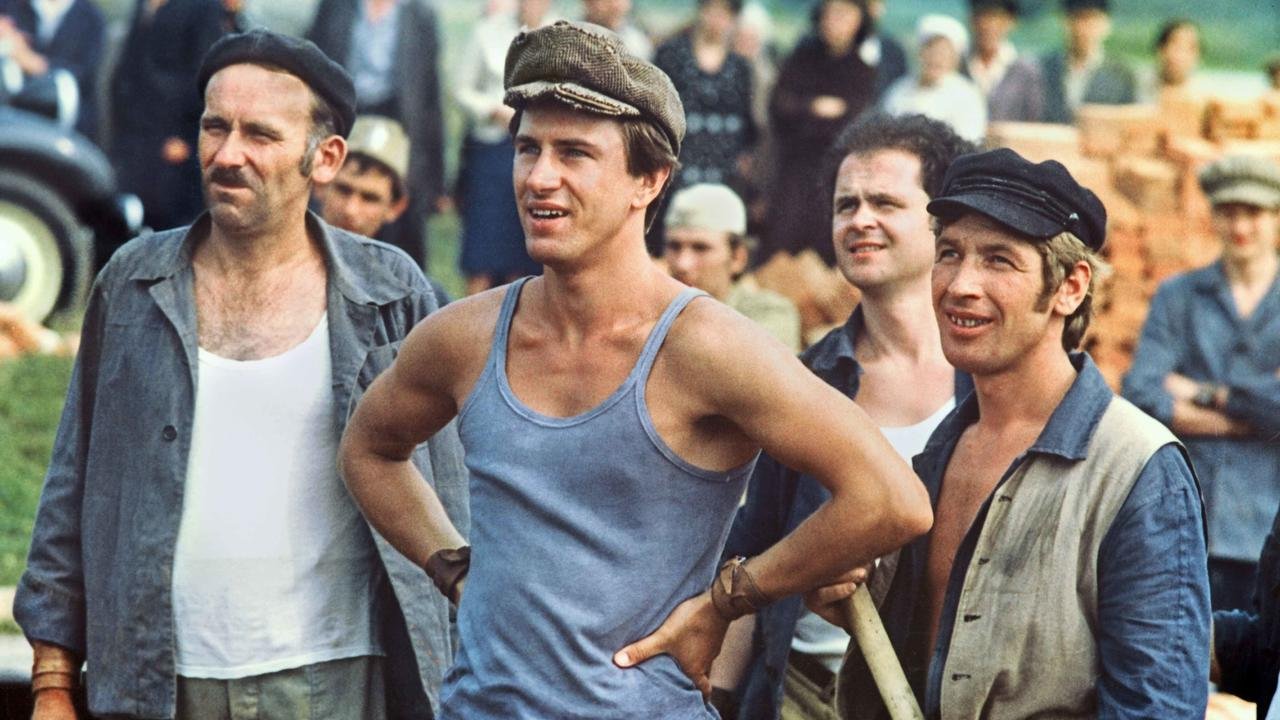
Characteristics of the Cinema of Moral Anxiety
At its core, the Cinema of Moral Anxiety is characterized by its engagement with moral and ethical dilemmas, reflecting the tension between individual integrity and societal demands. The films frequently adopt a realistic, documentary-like approach, utilizing non-professional actors, naturalistic dialogue, and on-location shooting. This serves to ground the narratives in the everyday experiences of ordinary people, making their moral struggles and ethical choices more relatable and impactful.
The narratives usually revolve around individuals facing significant ethical dilemmas, such as choosing between personal gain and collective good, or grappling with the corrupting influences of power. These stories are set against the backdrop of an oppressive political environment, where characters must navigate a world rife with censorship, surveillance, and state control.
The Cinema of Moral Anxiety also employs a critique of authority, albeit in a subtle and indirect manner. As in other Eastern European countries at the time, due to the censorship of the Communist regime, filmmakers had to find innovative ways to criticize the political system without provoking direct retaliation. This was often achieved through allegory, metaphor, and the exploration of personal stories that mirrored broader societal issues. By focusing on the individual’s moral and ethical journey, they were able to reflect on the failings of the system and the human cost of living under an authoritarian regime.

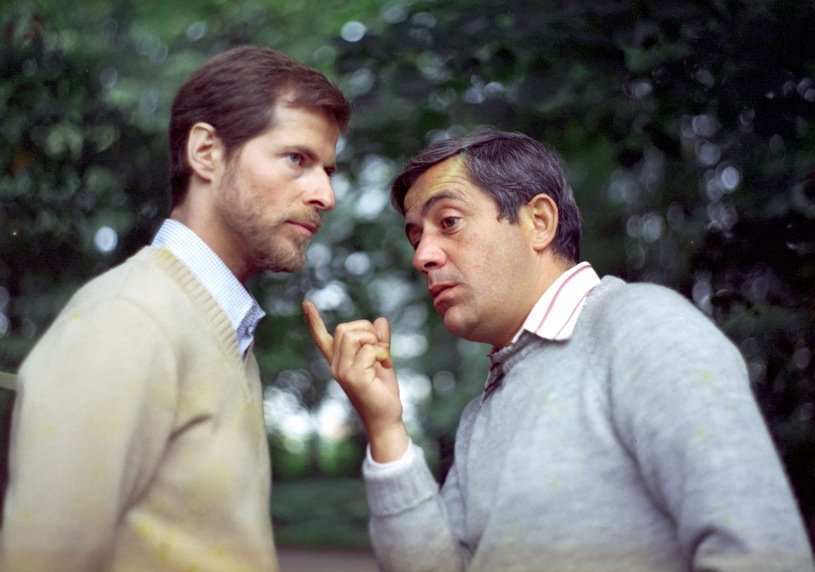
Important Filmmakers and Films
Several key directors became known as central figures. Krzysztof Kieslowski is perhaps the most internationally renowned director associated with this movement. In “Camera Buff” (1979), Kieslowski follows a man who becomes obsessed with filming everything around him after buying an 8mm camera, leading to conflicts between his personal life and his new passion. The film explores themes of voyeurism, privacy, and the ethics of filmmaking. Another notable work is “Blind Chance” (1981), a meditation on fate and choice. It presents three different scenarios that unfold from a single event, each leading the protagonist down a different path, raising questions about destiny and personal responsibility.
Andrzej Wajda, an established figure in Polish cinema, used his films to critique the Polish government through historical allegories and contemporary narratives. In “Man of Marble” (1977), Wajda offers a critical examination of the socialist regime in Poland. The film tells the story of a young filmmaker uncovering the truth about a once-celebrated labor hero, criticizing the manipulation and falsification of history under the Communist regime.
Films of Krzysztof Zanussi are known for their philosophical depth, exploring the intersection of science, faith, and morality. His film “Camouflage” (1977) is set in an academic setting and uses the petty conflicts and moral compromises within a university to mirror the broader societal and political issues of the time.
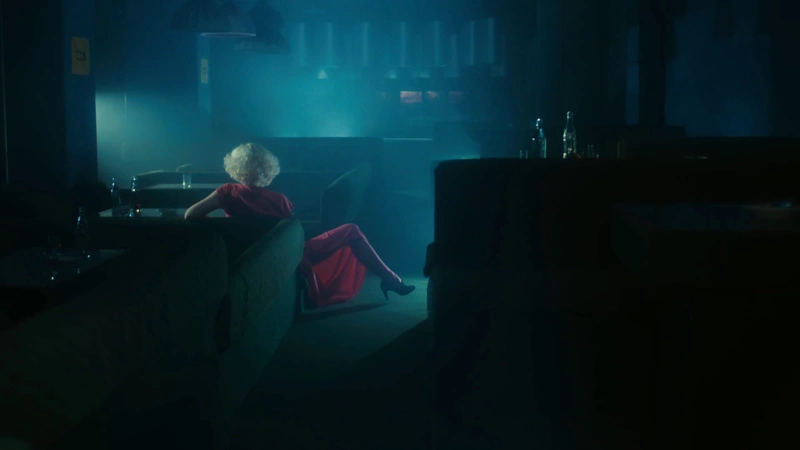
Legacy and influence
The Cinema of Moral Anxiety had a great impact on both Polish and European cinema. In Poland, it inspired a new generation of filmmakers to tackle socially relevant and ethically complex subjects, contributing to a vibrant and engaging film culture. Internationally, the movement gained recognition for its artistic and intellectual depth. The development of the movement was abruptly stopped by the introduction of martial law in Poland in 1981.
The movement also played a significant role in the broader context of political change in Poland. By exposing the moral and ethical contradictions of life under the Communist regime, these films contributed to the growing public discourse that eventually led to the rise of the Solidarity movement and the eventual fall of communism in Poland.
Even after the decline of the Communist regime, the legacy of the Cinema of Moral Anxiety continued to influence Polish cinema. The themes of moral ambiguity, personal integrity, and ethical responsibility remained central to many Polish films.
Refer to the Listed Films for the recommended works associated with the movement. Also, check out the rest of the Film Movements on our website.
Also referred to as the Polish New Wave, is an influential film movement that originated in the post-World War II era. It stands as a beacon of creativity and intellectual…
In the mid-20th century, a cinematic revolution was brewing in Czechoslovakia. The Czechoslovak New Wave, film movement characterized by visual experimentation and innovation…
In the aftermath of World War II, Italy was a country in ruins, both physically and economically. Amidst the rubble and despair, a group of visionary filmmakers arose to…
In the early 20th century, a cinematic revolution was brewing in the Soviet Union. A group of visionary filmmakers, collectively known as the Soviet Montage School…
Film criticism is an essential part of cinema, serving as a bridge between filmmakers and audiences. It focuses on analyzing, evaluating, and interpreting films, while providing…
Juxtaposition is a powerful storytelling technique where two or more contrasting elements are placed side by side to highlight their differences or to create a new, often more…


